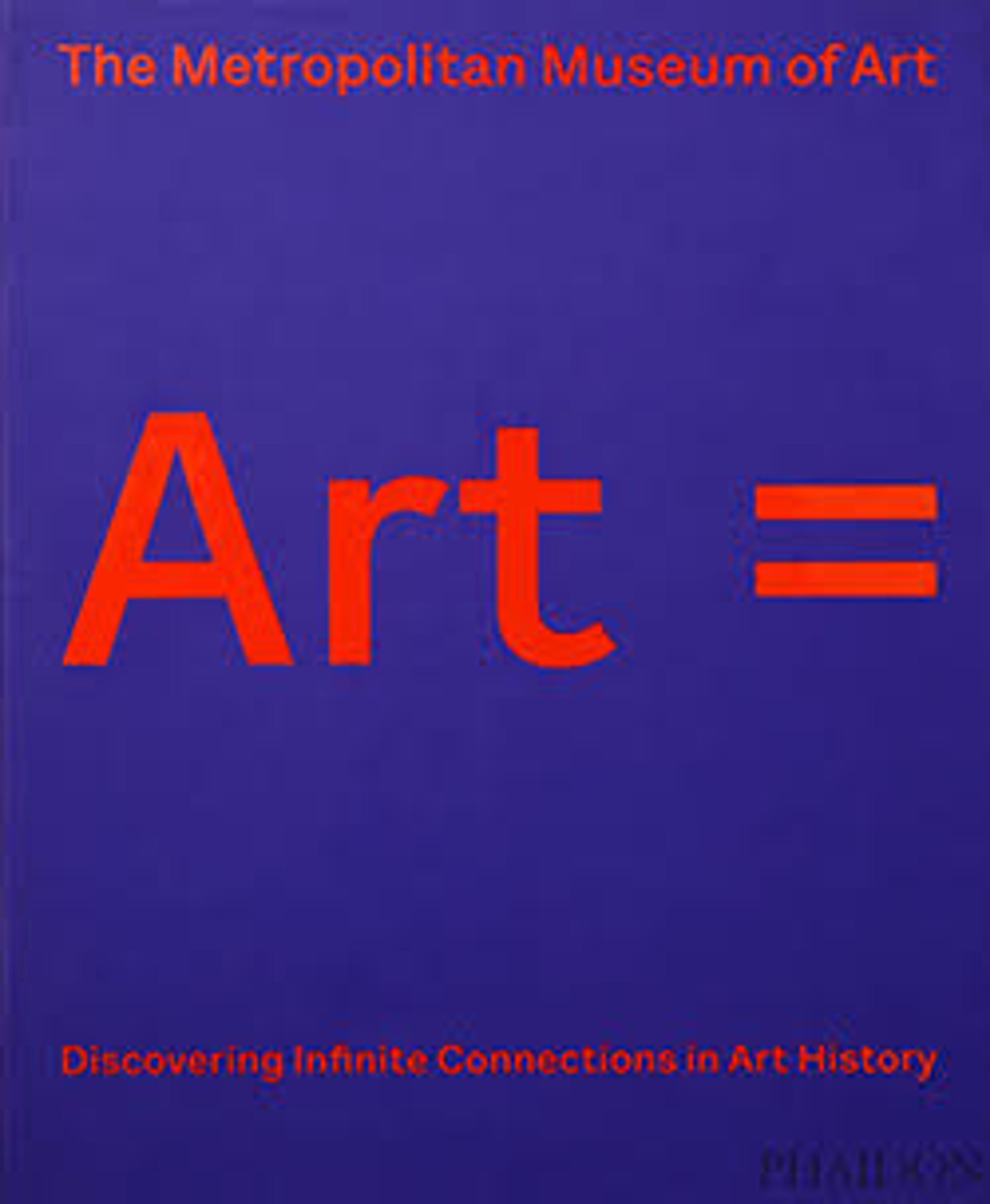English
Venus and Adonis
Tales from Ovid’s Metamorphoses inspired Titian to paint what he called poesie, or poetry in paint. Here, Venus tries to stop her lover from departing for the hunt, fearing—correctly—that he would be killed. The mood of sen-suality, conveyed by the beautiful depiction of Venus, seen from the back, enhances the viewer’s sense of the tragic end to this story, expressed through their exchanged glances and the frightened Cupid. Titian’s workshop made multiple versions of this composition, but this one is of exceptional quality and was painted by Titian himself.
Artwork Details
- Title: Venus and Adonis
- Artist: Titian (Tiziano Vecellio) (Italian, Pieve di Cadore ca. 1485/90?–1576 Venice)
- Date: 1550s
- Medium: Oil on canvas
- Dimensions: 42 x 52 1/2 in. (106.7 x 133.4 cm)
- Classification: Paintings
- Credit Line: The Jules Bache Collection, 1949
- Object Number: 49.7.16
- Curatorial Department: European Paintings
Audio
5217. Venus and Adonis, Part 1
0:00
0:00
We're sorry, the transcript for this audio track is not available at this time. Please email info@metmuseum.org to request a transcript for this track.
Listen to more about this artwork
More Artwork
Research Resources
The Met provides unparalleled resources for research and welcomes an international community of students and scholars. The Met's Open Access API is where creators and researchers can connect to the The Met collection. Open Access data and public domain images are available for unrestricted commercial and noncommercial use without permission or fee.
To request images under copyright and other restrictions, please use this Image Request form.
Feedback
We continue to research and examine historical and cultural context for objects in The Met collection. If you have comments or questions about this object record, please contact us using the form below. The Museum looks forward to receiving your comments.
